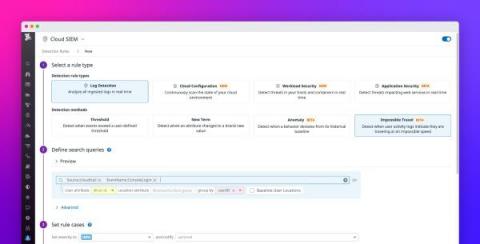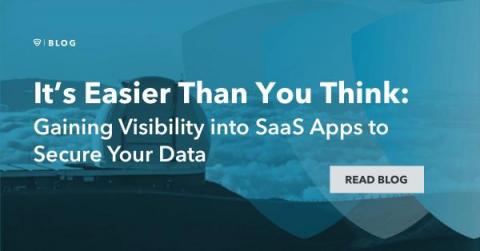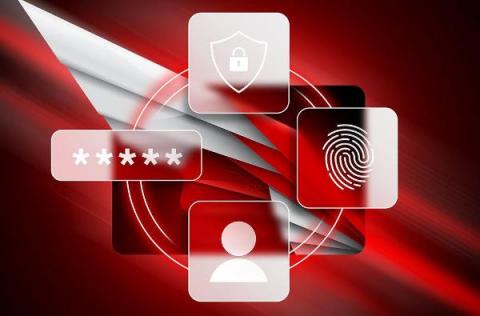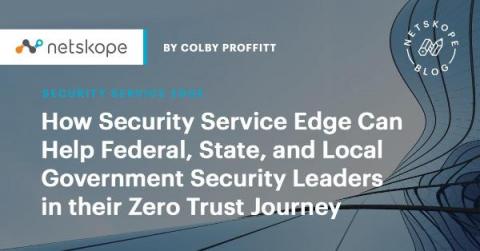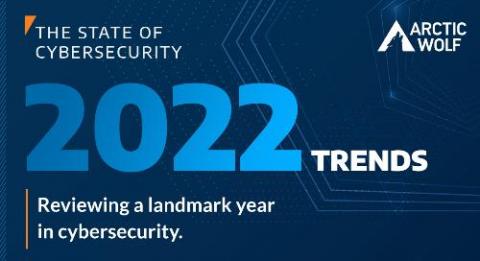Security | Threat Detection | Cyberattacks | DevSecOps | Compliance
Latest News
Detect suspicious login activity with impossible travel detection rules
Many modern applications are regularly accessed by countless users from all over the world, which makes it difficult to identify anomalous patterns in login activity indicative of a security breach. This challenge is compounded by the fact that people travel often and regularly access their accounts from new locations. To detect this common attack vector, the Datadog Cloud SIEM now provides the impossible travel detection rule type which helps you spot suspicious logins with confidence.
It's Easier Than You Think: Gaining Visibility Into SaaS Apps To Secure Your Data
Software-as-a-Service (SaaS) apps have become essential to how most of us run our organizations and stay productive — especially over the last two years. On any given day, you’re likely messaging colleagues using Slack or Teams, sharing files with partners from Google Drive or Microsoft SharePoint, or working in Workday or Salesforce to perform an HR- or sales-related business process.
How Nightfall is building the next generation of DLP
The current wave of digital transformation that has brought more and more businesses online has also introduced an unwelcome side effect: the surface area for attacks has ballooned. As individuals and businesses migrated their sensitive transactions into cloud applications, cloud service providers became responsible for providing high-fidelity data security.
How to manage privileged users in IT
This blog was written by an independent guest blogger. Privileged users are the key to the information system. The operation of information systems and the availability of enterprise resources depend on privileged users’ actions. If admins make a mistake or their credentials are leaked to attackers or competitors, it could put your business at serious risk.
Reinventing Managed Detection and Response (MDR) with Identity Threat Protection
The modern threat landscape continues to evolve with an increase in attacks leveraging compromised credentials. An attacker with compromised credentials too frequently has free reign to move about an organization and carefully plan their attack before they strike. This week Falcon Complete™, CrowdStrike’s leading managed detection and response (MDR) service, announced a new managed service capability that once again sets the standard for MDR.
How a Strong Identity Protection Strategy Can Accelerate Your Cyber Insurance Initiatives
The growth in frequency and severity of cyberattacks has caused organizations to rethink their security strategies. Major recent security threats, such as high-profile ransomware attacks and the Log4Shell vulnerabilities disclosed in 2021, have led to a greater focus on identity protection as adversaries rely on valid credentials to move laterally across target networks.
How Security Service Edge (SSE) Can Help Federal, State, and Local Government Security Leaders in Their Zero Trust Journey
The federal government continues to make progress towards Zero Trust (ZT) adoption. On May 12, 2021, President Biden signed Executive Order 14028 to improve the nation’s cybersecurity and protect federal government networks and on January 26, 2022, the Office of Management and Budget (OMB) released a Federal strategy to move the U.S. Government toward a Zero Trust approach to cybersecurity.
Is Cyber Insurance Worth It?-What You Must Know First
Whether you own a small business or you are a member of a global enterprise you may be wondering whether or not cyber insurance is worth the investment. In this article I will cover the benefits of cyber insurance, how it differs from standard liability insurance, trends in the cyber insurance industry, and many other burning questions you’re likely to have when deciding if cyber insurance is right for your business.



